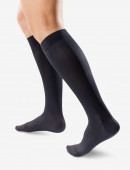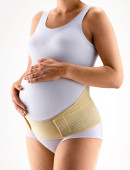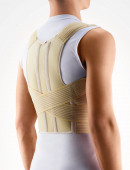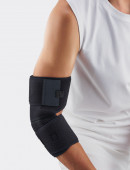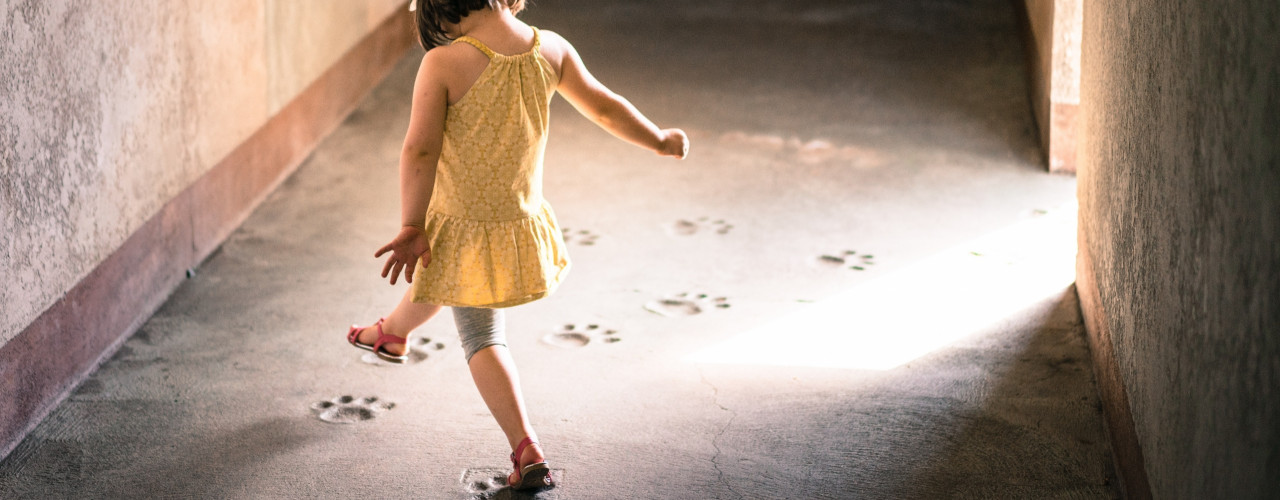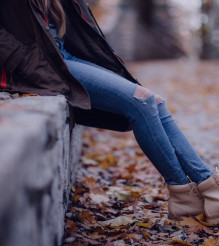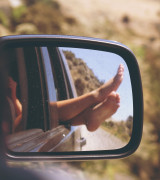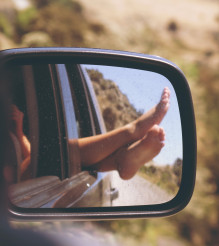When the child is growing, many parents have heard complaints about aching legs. And most probably they have provided consolation: the legs are growing, which is why they are aching. It may be so, but, if the pain does not diminish, a doctor’s consultation may be needed, to understand whether the process taking place is a sign of a serious disease. Especially, if the pain is localised in the knees.
When the child is growing, many parents have heard complaints about aching legs. And most probably they have provided consolation: the legs are growing, which is why they are aching. It may be so, but, if the pain does not diminish, a doctor’s consultation may be needed, to understand whether the process taking place is a sign of a serious disease. Especially, if the pain is localised in the knees.
The legs are aching, the child is growing.
As professionals explain, growing is not always accompanied by pain, but some children experience it in the period of fast growth. To understand if it really is so, it is recommended to periodically measure the height of the child. If the child stretches by 2–3 centimetres a year, it cannot be considered fast growing yet, but if it is a centimetre a month, then it places huge stress on the body of a child, and sometimes also a teenager, and growing so fast may cause pain.
Pain of growing is evident in:
- upper legs,
- calves,
- popliteal,
Mostly children experience growth pain at the age of four to five years old, but it may happen later, as well. The medics provide consolation: this pain does not require a specific treatment, it will disappear by itself, but, to alleviate the condition of the child, the aching legs should be massaged gently, and the doctor may also recommend other pain alleviating means.
Knee Injury, from a Bruise to a Fracture
More serious are the cases when a child sustains an injury in sports or in quite mundane situations.
The most common knee injuries for children:
- sprains,
- fractures,
- ligament strains.
It is clear that children fall, and also obtain other injuries, when doing sports or playing. A damaged knee has been a usual event for many in childhood, and even in cases when it initially feels like only a bruise in the skin, it makes sense to pay attention to the future behaviour of the child.
At the beginning, the pain may be subdued by a cold compress, placing the leg in a position with little mobility. If the pain in the knee does not diminish after that either, and other changes in the child’s behaviour are observed: slower and more cautious movement, limping or similar, it is recommended to visit a doctor to find out if the injury is more serious than simple bruising. It is mandatory to visit a doctor if the pain in the knee does not disappear for a week.
If there is a fracture, sprain or strain, treatment will depend on the severity of the injury. In easier cases, after receiving the first help, recovery may continue at home, when it is sufficient to use pain reducing medication and limit physical activity. Yet, after a more serious injury, one may have to receive treatment in the hospital, for the timely prevention of consequences with various fixation devices or even surgical intervention.
In the intensive care period of the knee injury, as well as during rehabilitation, parallel to the doctor’s recommended therapy, a perfect aid may be knee fixation devices for children. The doctor in charge or physiotherapist will help to choose the most appropriate option.
It is Important to be Aware of Safety Issues
To help the child avoid different knee injuries, it is important to check if the child is in a safe environment, and also to keep a few important precautions in mind:
* Choose footwear suitable for kids’ activities and the weather conditions,
* At the beginning of a sports class under the guidance of a coach, it is important to do warm-up exercises, as well as follow the coach’s recommendations to avoid injury,
* In the free time, when going by bike, rollerblades, or other moving vehicles, one should definitely use knee and elbow protection, as well as a helmet.
Photo by Hugues de BUYER-MIMEURE on Unsplash

